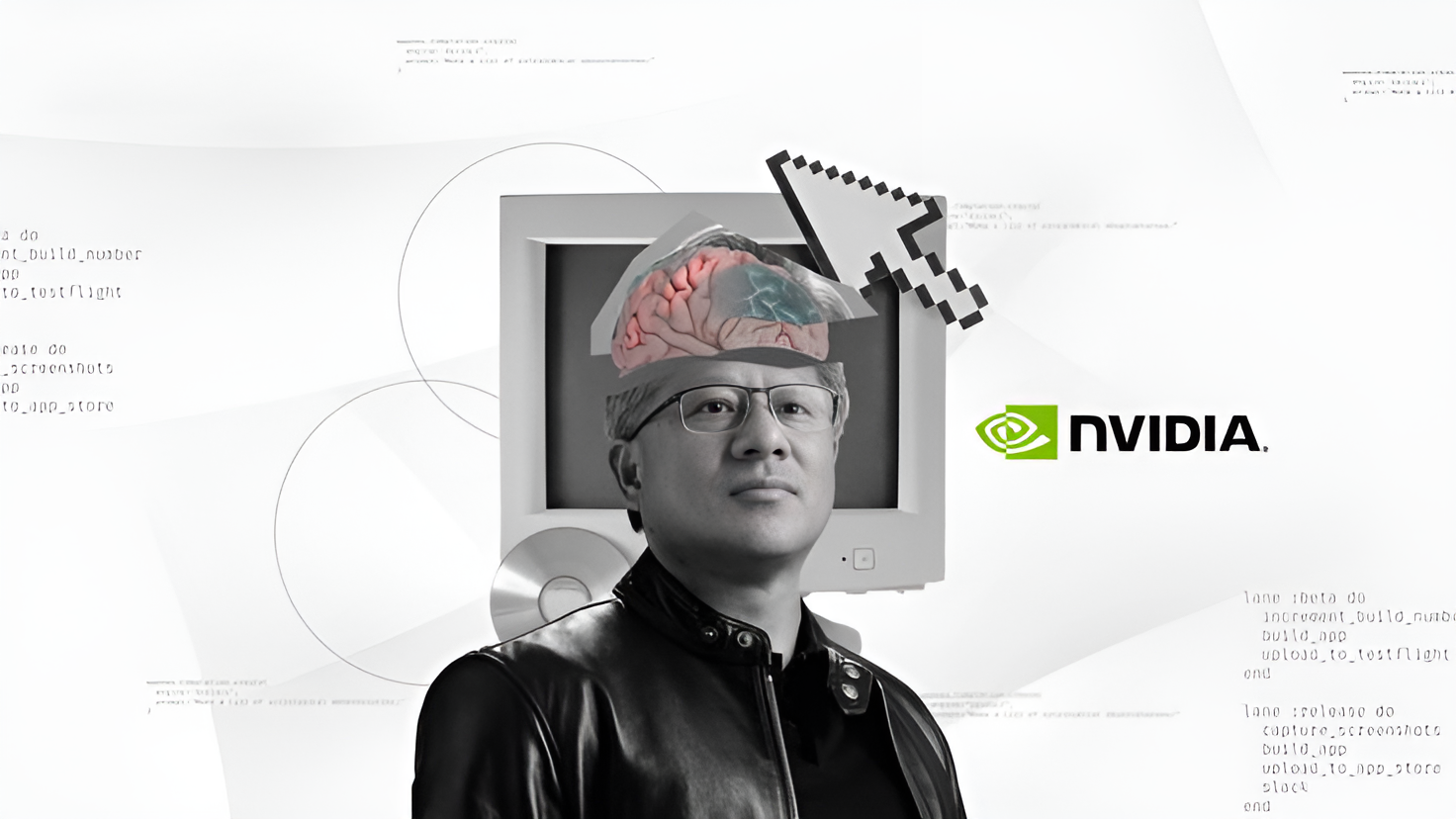Prioritizing Data for Post-Quantum Cryptography (PQC) Analysis Report
5W1H Analysis
Who
The key stakeholders involved in this initiative include technology companies, cybersecurity experts, large corporations with significant data assets, governmental bodies, and cryptographic researchers. Notably, organisations like HashiCorp and other tech firms leading in cryptographic innovations are spearheading efforts to address post-quantum threats.
What
The main development involves the prioritisation of sensitive data to guard against future quantum computing threats through smart, scalable cryptography strategies. The initiative focuses on preparing existing data infrastructures for the advent of quantum technologies that threaten current encryption methods.
When
The announcement and insights into these developments were published on 11th June 2025. The preparations and strategies align with ongoing global efforts initiated over the last few years as quantum computing technology advances.
Where
This initiative is relevant globally but carries significant interest and implications in tech hubs such as Silicon Valley, Europe’s financial sectors, and Asia's rapidly expanding tech industries. The focus remains on markets where data sensitivity and cyber threats are particularly critical.
Why
The driving force behind this push for post-quantum cryptography is the looming threat of quantum computing, which promises to undermine traditional cryptographic techniques. These efforts are motivated by the necessity to protect sensitive data against future risks that quantum breakthroughs would pose.
How
This strategy involves deploying advanced, scalable cryptographic solutions, integrating post-quantum algorithms, and reassessing current data prioritisation methods. The process includes evaluations of data sensitivity and criticality to ensure the most effective allocation of cryptographic resources.
News Summary
In light of quantum computing advancements, technology leaders like HashiCorp are championing the shift towards post-quantum cryptography. The focus is on prioritising data to protect it through scalable cryptographic strategies. This move is vital to counter potential threats as quantum capabilities are increasingly realised. As part of a wider effort, the strategy involves global tech and cybersecurity entities aiming to solidify data security protocols before quantum threats become mainstream.
6-Month Context Analysis
In the past six months, there has been a noticeable increase in discussions and strategies focusing on quantum threat preparedness. Earlier initiatives by governmental agencies in the US and EU, along with tech giants like Google and IBM, have embarked on research and preliminary measures regarding quantum-safe encryption. Collaboration efforts among international agencies have highlighted the urgency in developing robust cryptographic methods in anticipation of a post-quantum era. These developments reinforce the narrative of proactive adaptation to emerging technological shifts.
Future Trend Analysis
Emerging Trends
- Quantum computing readiness will become a cornerstone in cybersecurity strategies. - Increasing collaborations between tech companies and national governments. - Growing investments in research and development for quantum-resistant algorithms.
12-Month Outlook
- Tech companies may begin integrating post-quantum cryptography solutions as standard offerings. - Policy frameworks around quantum safety may emerge, particularly in technology-driven economies. - An increase in public and private sector partnerships to address data security from a quantum perspective.
Key Indicators to Monitor
- Progress in quantum computing advancements and commercial availability. - Governmental policy changes and security guidelines. - Adoption rate of post-quantum cryptographic solutions among major corporations.
Scenario Analysis
Best Case Scenario
Organisations successfully implement scalable post-quantum cryptography, protecting sensitive data from quantum threats. This results in increased trust and investment in technology sectors, with cybersecurity becoming a more resilient industry.
Most Likely Scenario
Gradual integration of post-quantum strategies occurs, with companies balancing costs and technology transformation. Awareness and preparations lead to a phased approach to securing data assets, with incremental updates as quantum computing progresses.
Worst Case Scenario
Delays in adopting post-quantum strategies result in vulnerabilities, as quantum technologies become mainstream. Some industries experience breaches due to underprepared systems, leading to major data security concerns and loss of trust in digital systems.
Strategic Implications
Stakeholders should prioritise investment in research and development of post-quantum solutions. Collaboration with policy makers is advised to ensure alignment with future regulations. Companies should begin transitioning to post-quantum-ready systems, involving the updating of existing infrastructure.
Key Takeaways
- Technology companies should lead in developing and adopting post-quantum cryptographic methods.
- Governments go beyond current encryption standards to establish robust post-quantum frameworks.
- Organisations should assess data vulnerability to prioritise cryptographic resources effectively.
- Stay alert to advancements in quantum computing that could rapidly change threat landscapes.
- Continuous stakeholder engagement is critical in adapting to this technological shift effectively.
Source: Prioritizing data for post-quantum cryptography (PQC)





















Discussion